The Möbius strip has fascinated scientists and mathematicians since its discovery in 1858. It’s a one-sided, non-orientable surface that can be made by twisting two ends of a strip of paper. A Möbius strip can be any band with an odd number of half twists, meaning it has one edge.
It’s very easy to make your own Möbius strip and a fun science trick to play on a friend when they realise they can’t draw a line all the way around.
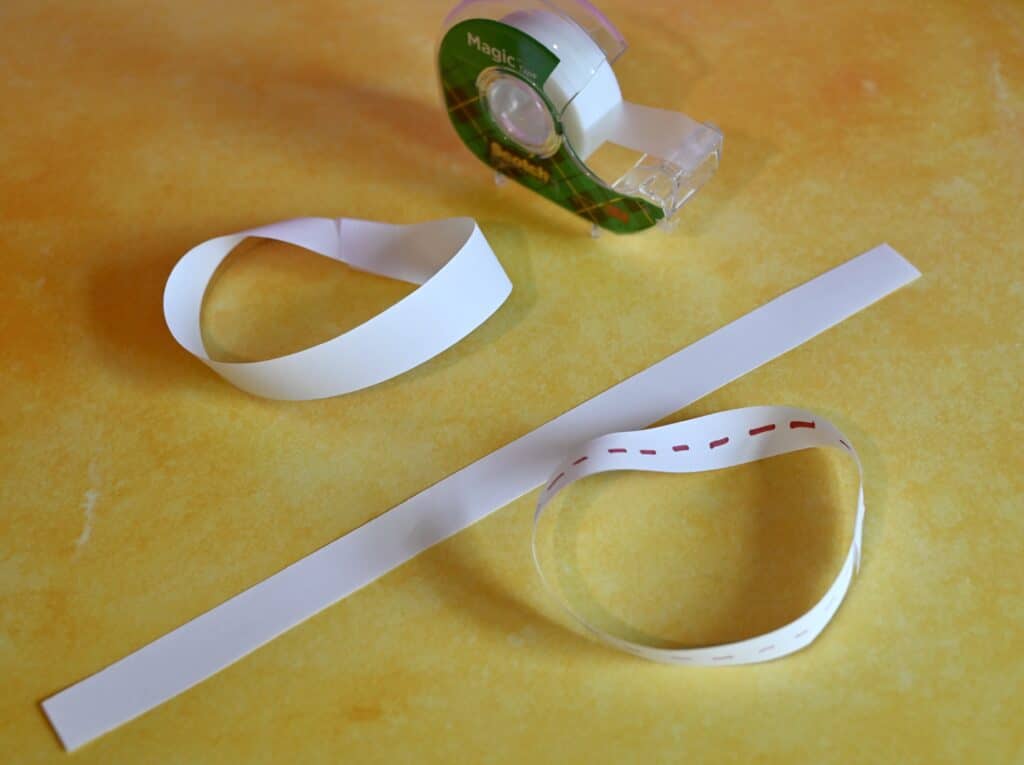
How to make a Möbius strip
You’ll need
A strip of paper
Tape
Pen
Instructions
Hold each one end of the strip of paper with each hand.
Twist one end 180° and attach the strips together.
Draw a line from the tape all around one side of the strip.
You should find that you’ve drawn on both sides of the paper!
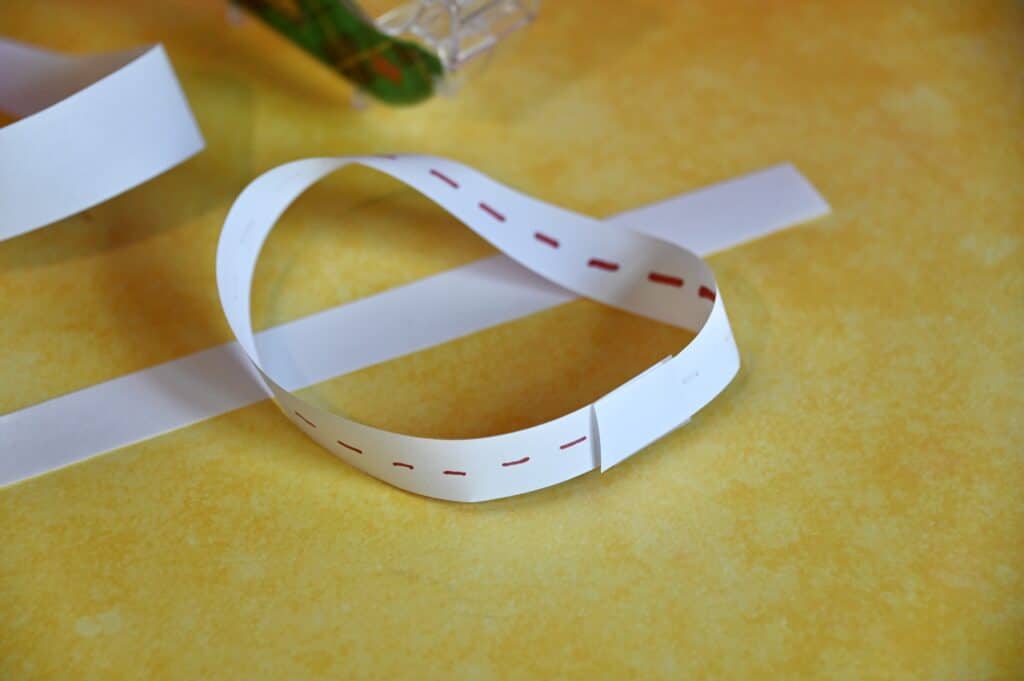
Who discovered the Möbius strip?
The Möbius strip was discovered independently by two German Mathematicians, August Ferdinand Möbius and Johann Benedict Listing.
Practical applications of the Möbius strip
A huge Möbius strip is often used for conveyor belts. This makes them last longer, as all the belt’s surfaces receive the same amount of wear.
Möbius strips are used in old-fashioned continuous loop recording tapes as they double the playing time.
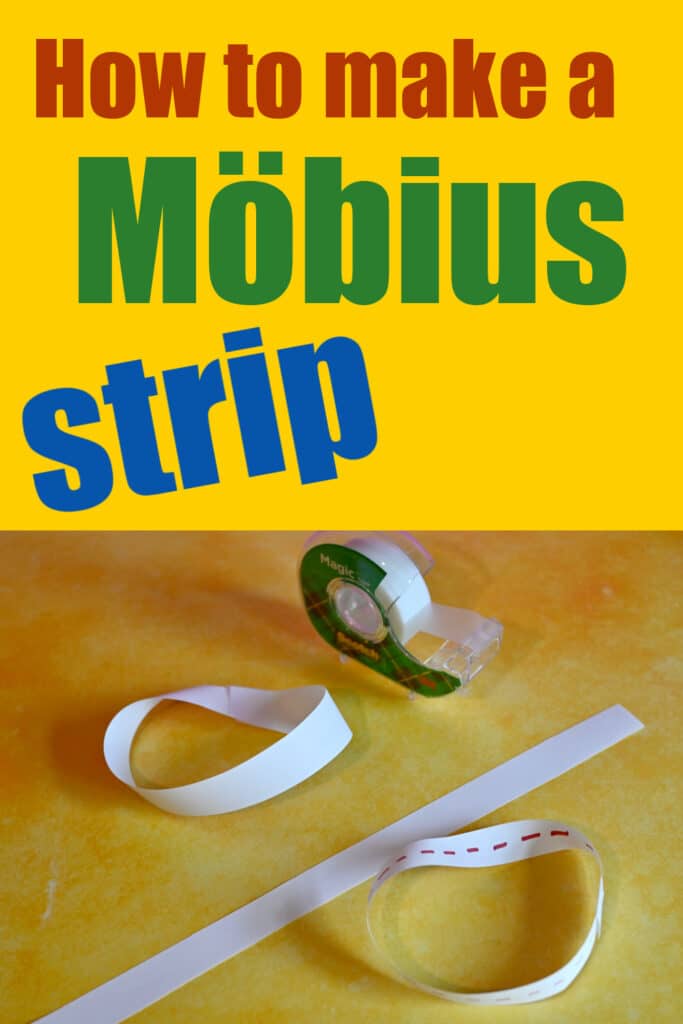
Last Updated on May 9, 2024 by Emma Vanstone

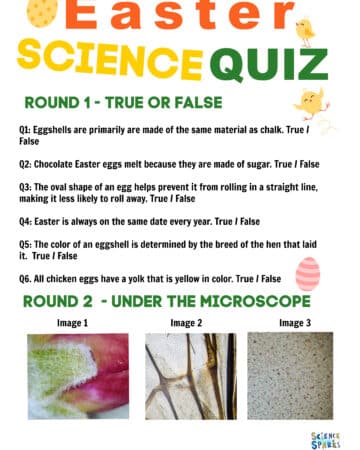
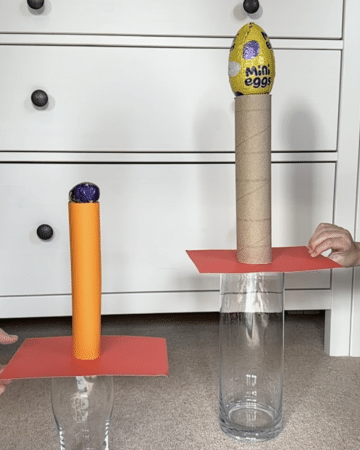

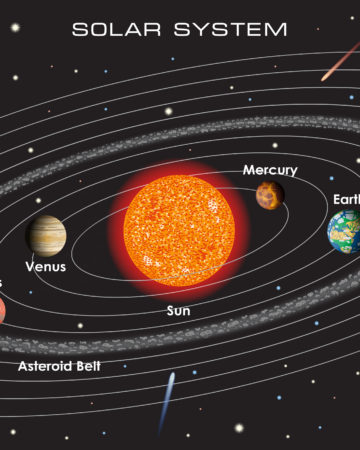
Leave a Reply